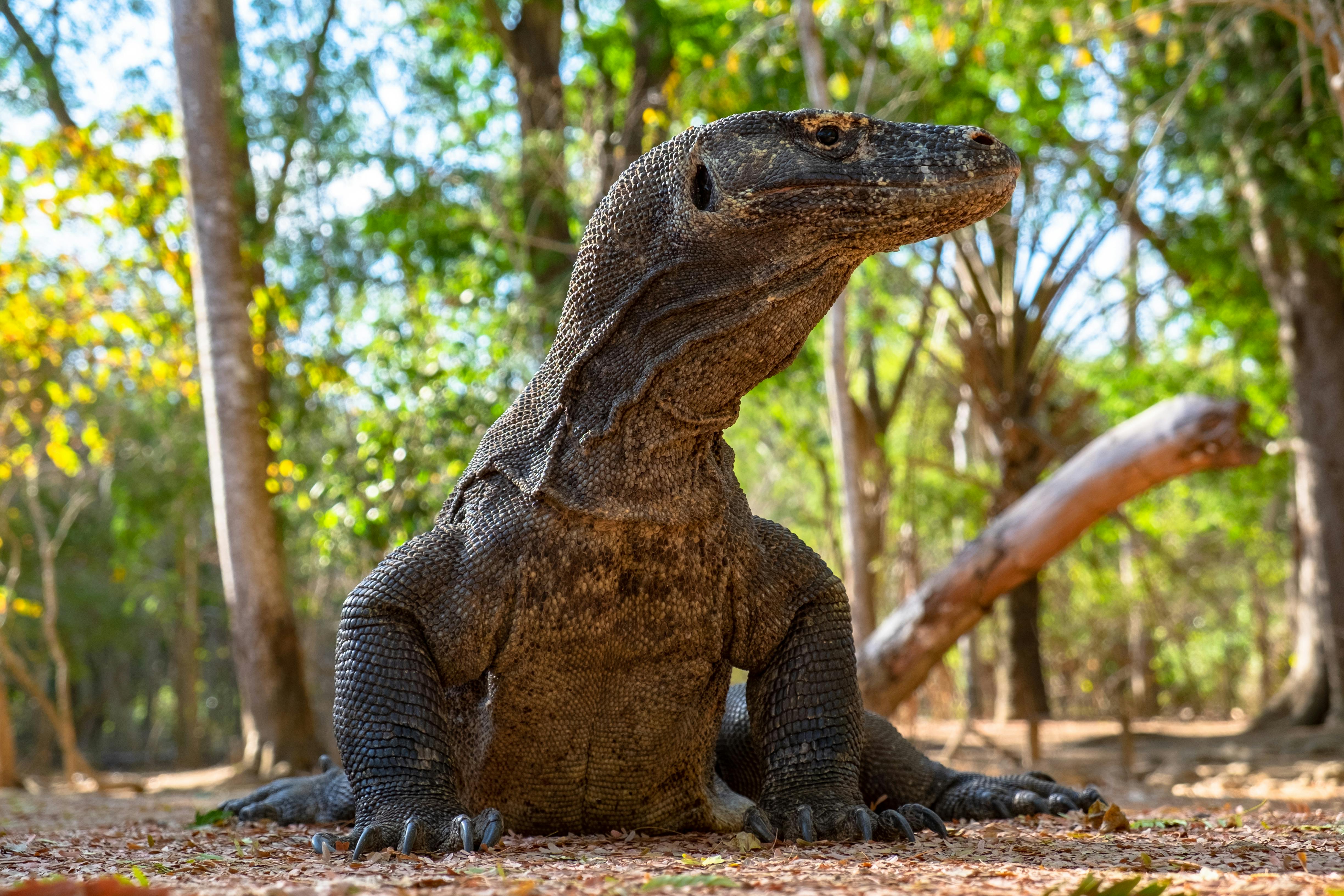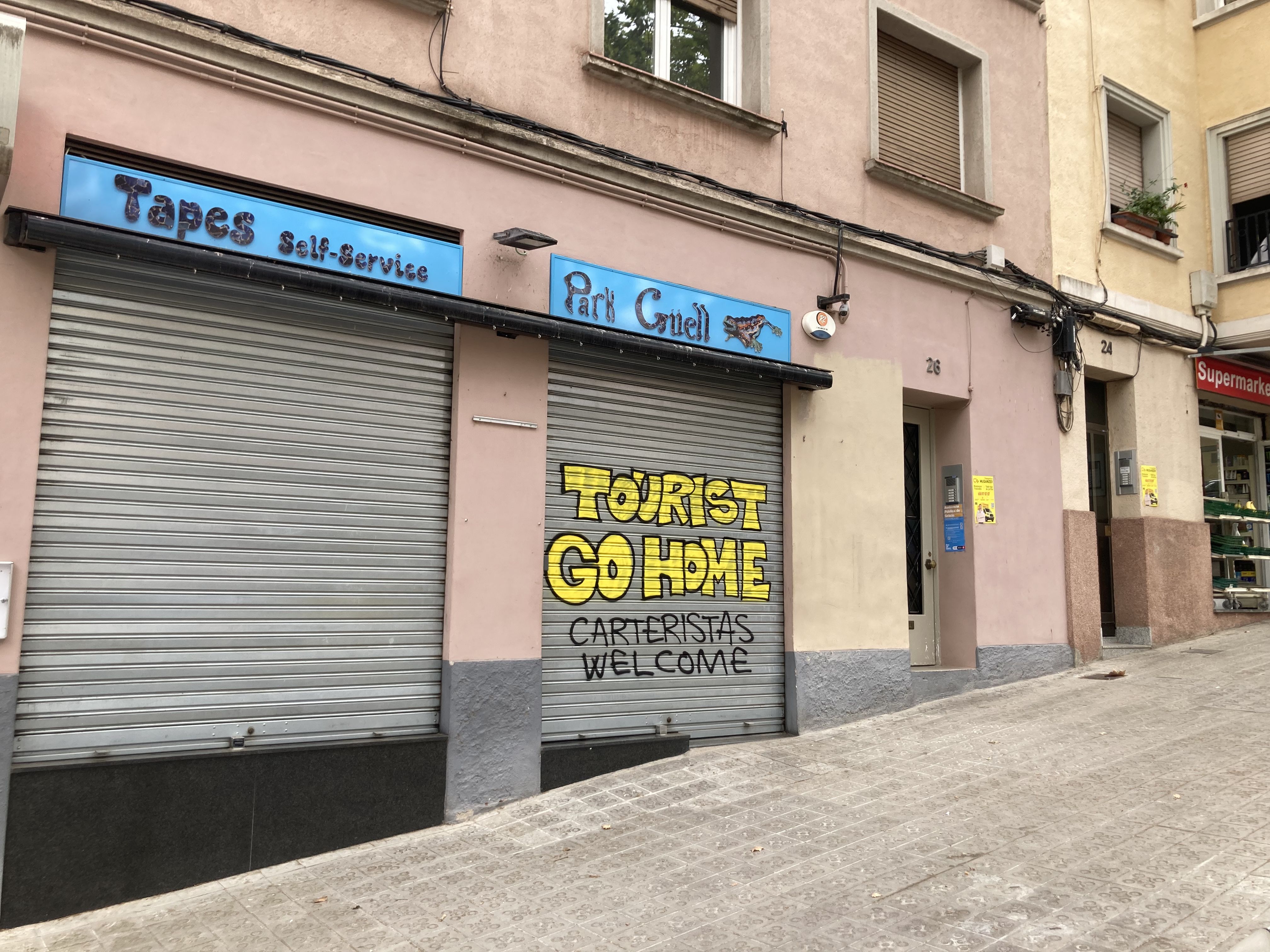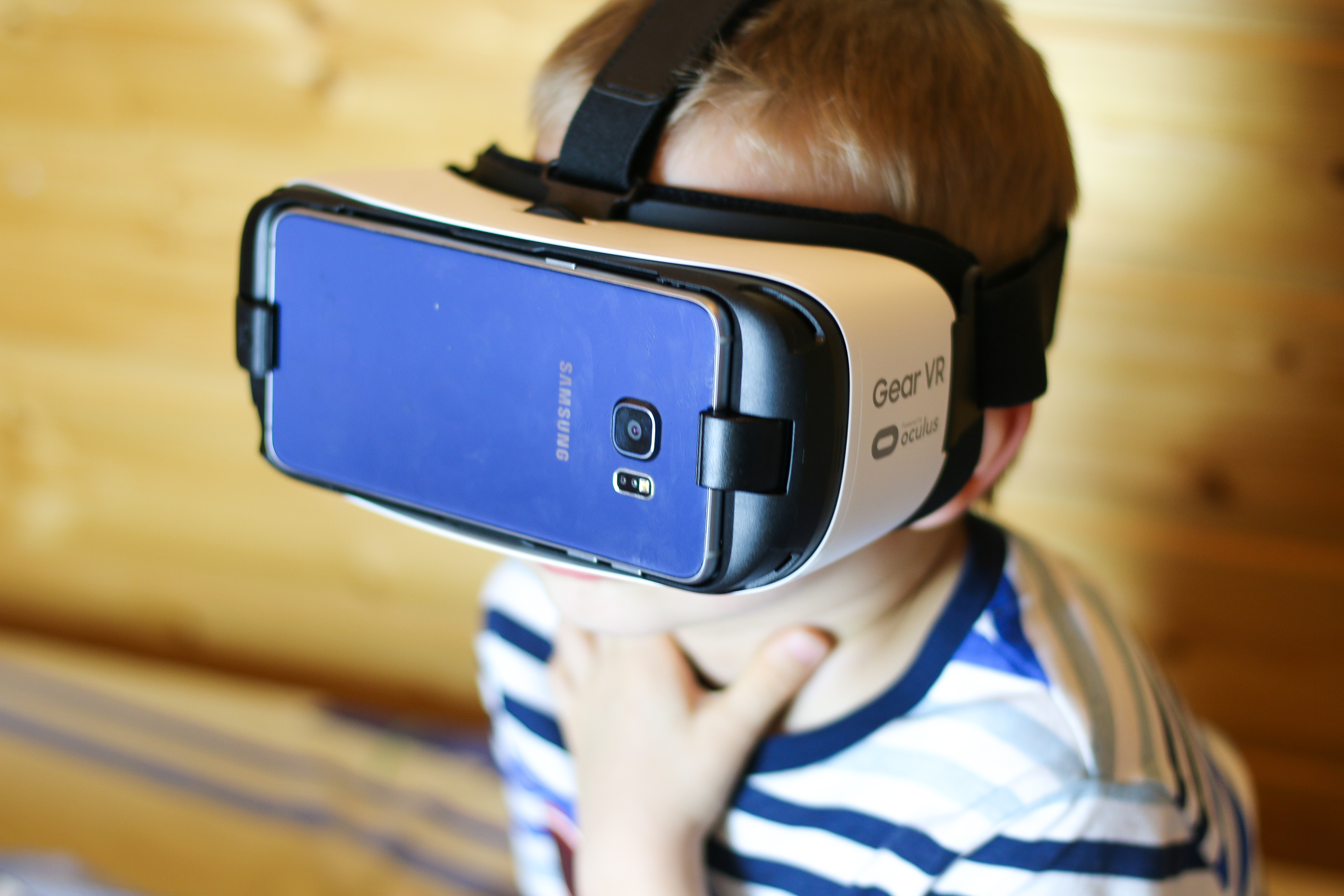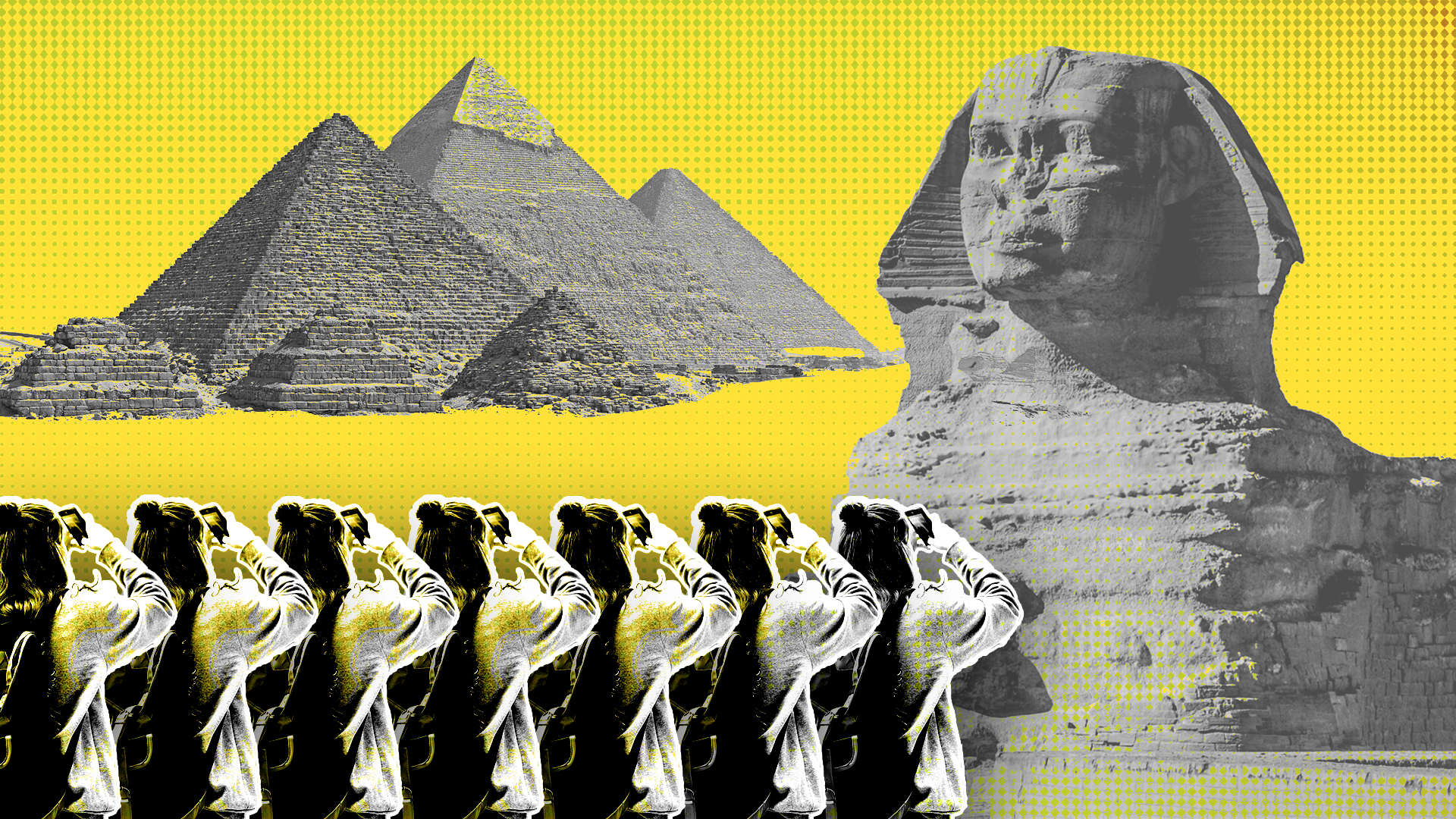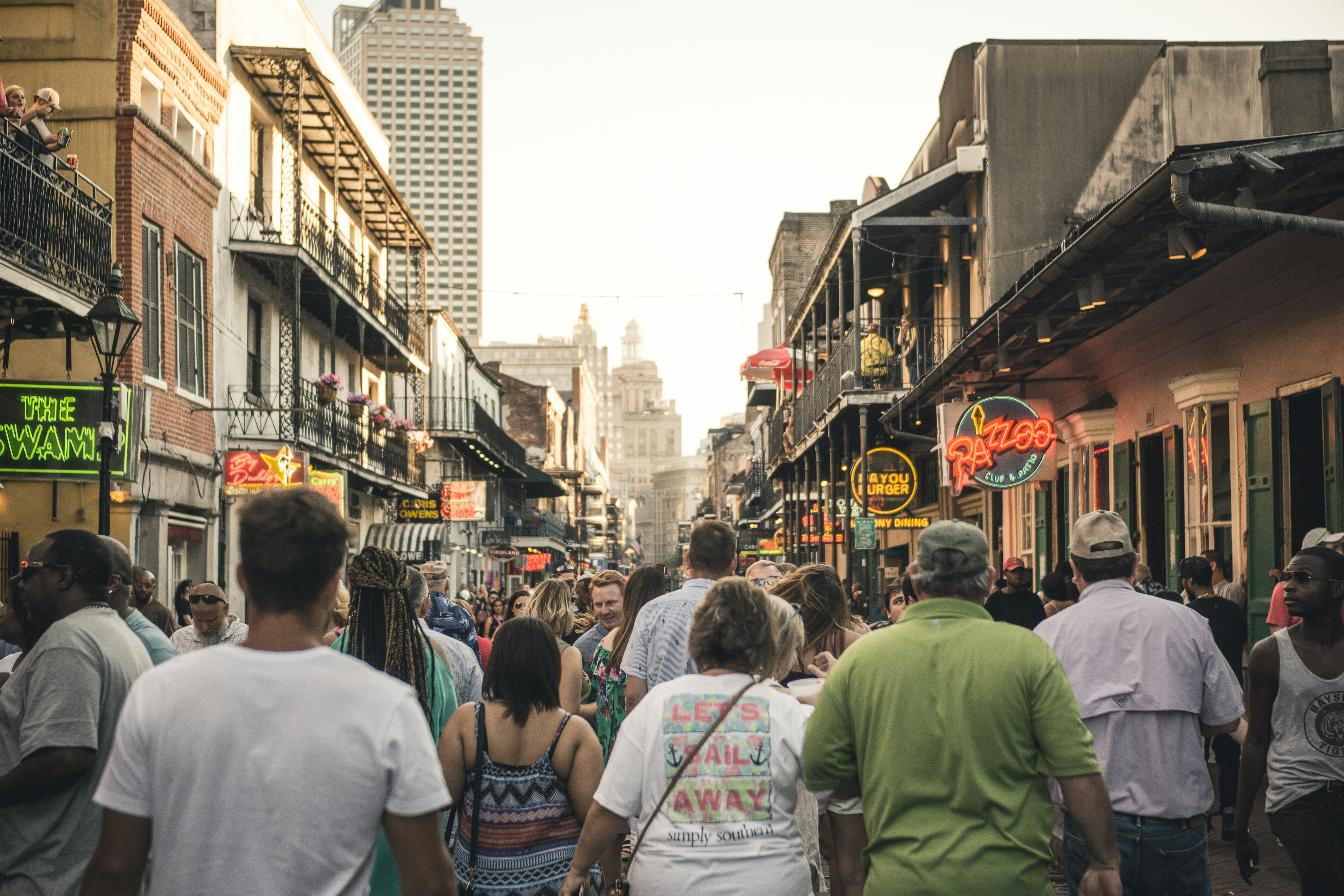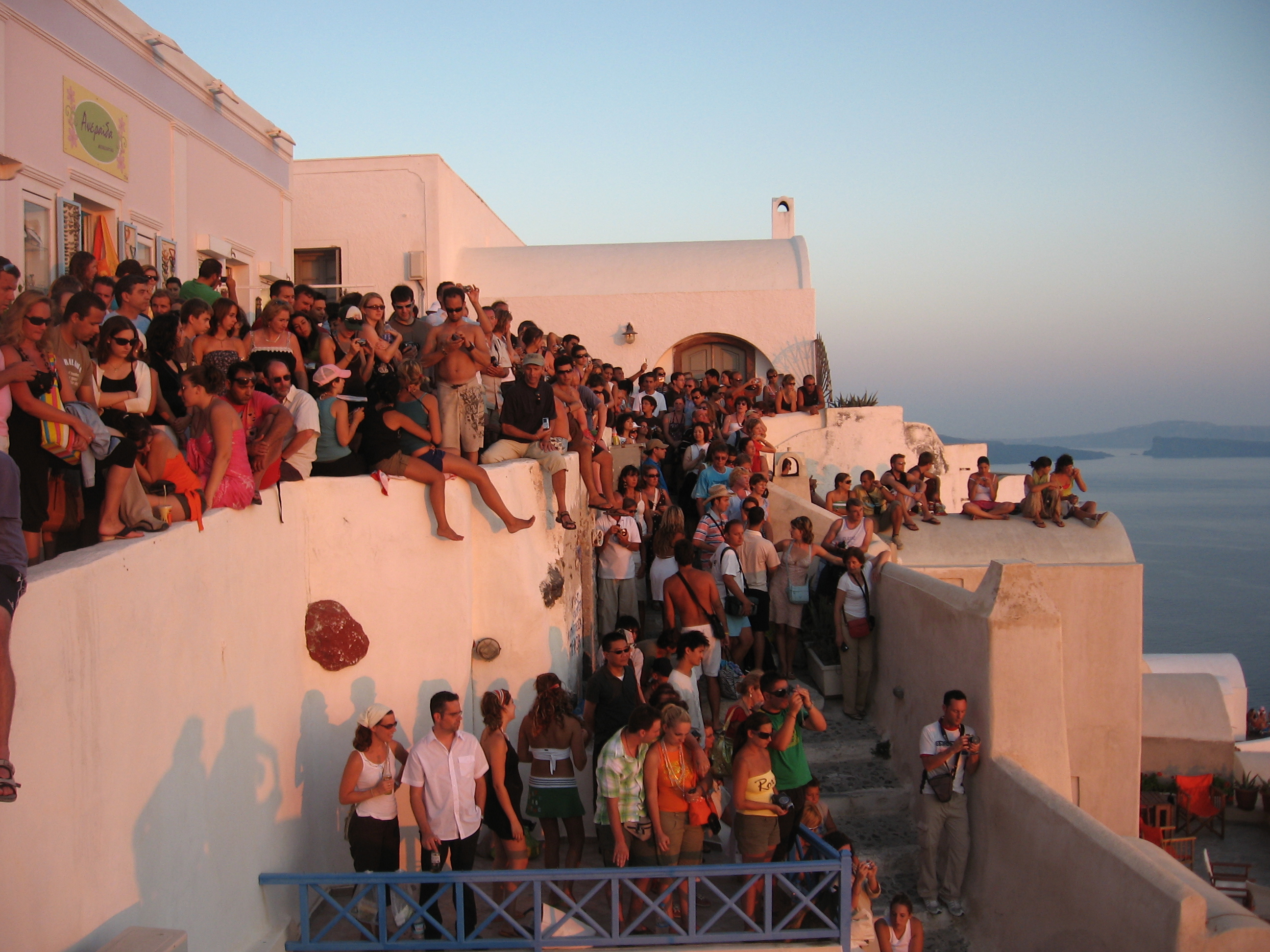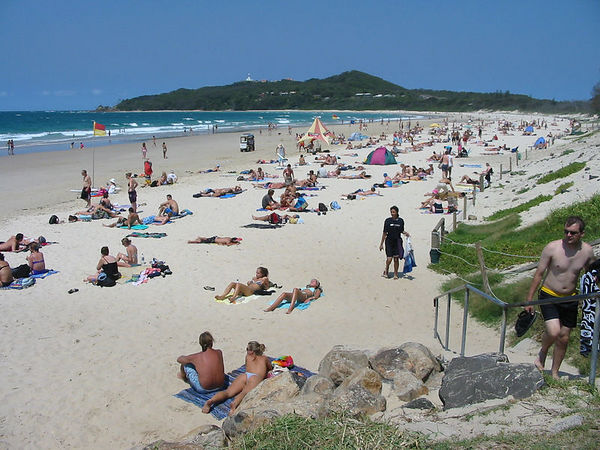With social media influencers posting more and more content in dangerous places, tourists are dying again and again.
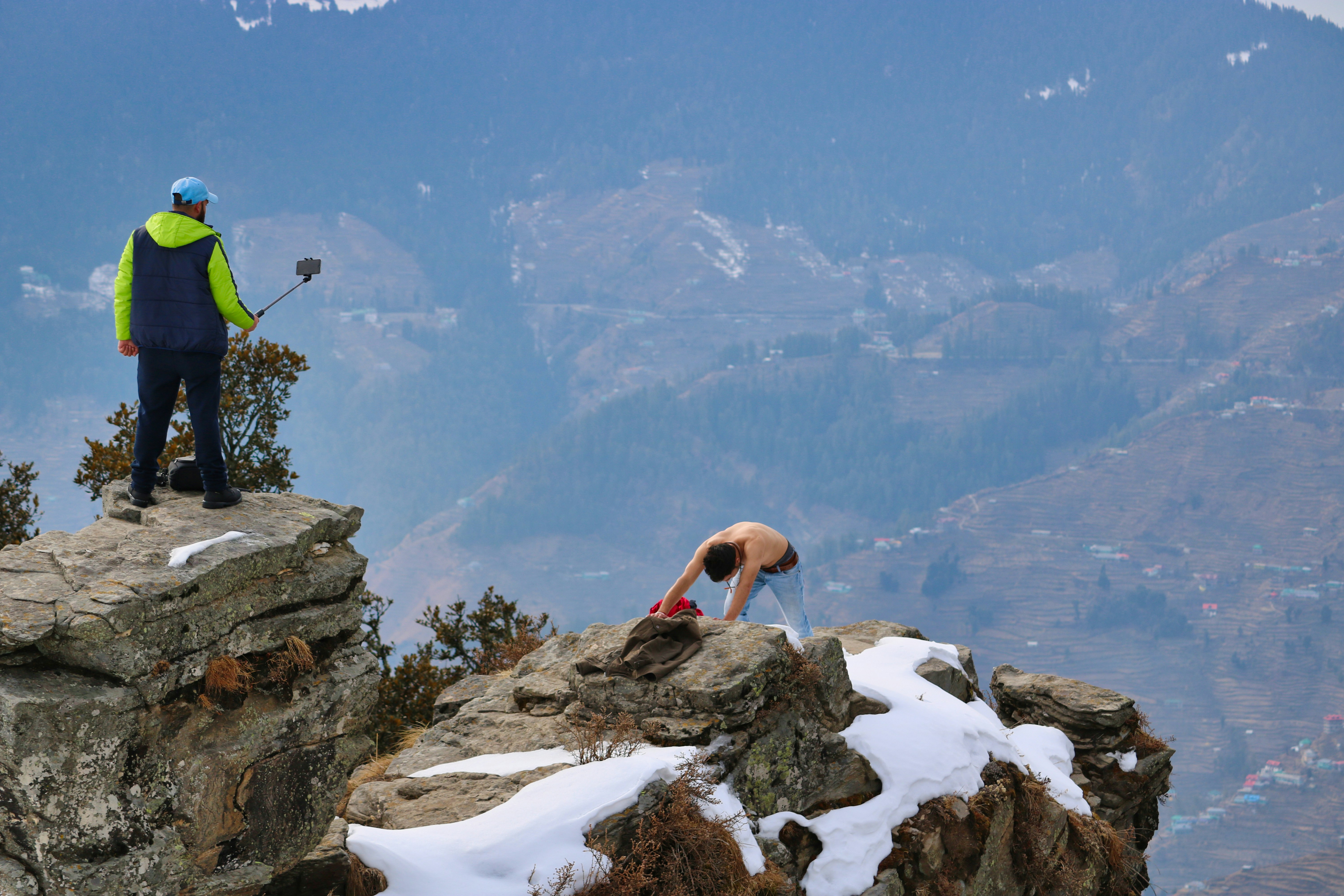 Social media posts of high-risk locations often persuade people to endanger themselves on their own travels. : Chandan Parihar/Unsplash Unsplash licence
Social media posts of high-risk locations often persuade people to endanger themselves on their own travels. : Chandan Parihar/Unsplash Unsplash licence
With social media influencers posting more and more content in dangerous places, tourists are dying again and again.
In early 2024, tragedy struck another of Australia’s natural attractions and social media hotspots.
A 20-year-old tourist died after jumping from a ledge at the Crystal Cascades waterfall, a secluded freshwater swimming spot near Cairns in north Queensland.
Despite signed warnings against swimming, the Japanese man ventured into a no-swim zone and failed to resurface. Police divers later recovered his body.
This wasn’t the first fatality at Crystal Cascades: similar incidents have claimed the lives of an 18-year-old in 2014 and two others in 2023.
It’s part of a troubling pattern driven by social media.
Sites like Crystal Cascades have seen an explosion in tourist numbers, fuelled by their aesthetic infamy on platforms such as Instagram and TikTok.
The pursuit of the perfect photo or video often leads to ignorance or disregard of safety warnings, with visitors unaware of the inherent risks in such environments.
The scale of the problem
Across the globe, risky behaviours near water have become a growing concern.
Data from researchers at UNSW Sydney shows that India has the highest burden of selfie and social media related injury and death — but when it comes to water-borne incidents, Australia too has seen more than its fair share.
This is likely due to Australia’s large tourism industry, particularly of young visitors and international students, and its numerous beautiful aquatic locations — so many of which go viral on social media.
On a per capita basis, these trends remain troubling, highlighting a persistent issue that spans beyond raw numbers.
Visualising the impact
Using heatmap data, we see clear clusters where incidents frequently occur. Places like the Diamond Bay Reserve in Sydney and Babinda Boulders and Josephine Falls in Queensland serve as magnets for thrill-seekers inspired by the content they see online.
For example, nine people died at the Figure Eight Pools south of Sydney in a series of incidents between 2016 and February 2019. The last of them, a 22 year old student from Nepal, was swept off the rocks at high tide and did not resurface.
The charm of influencers
Social media platforms, influencers, and the quest for the perfect photo play a significant role in shaping these behaviours.
Influencers, straddling the line between educators and entertainers, have a unique power to either promote safety or inadvertently encourage risk-taking. While many aim to showcase the beauty of nature responsibly, others push the boundaries for more engagement, often overlooking the potential dangers.
Travel influencers interviewed for an upcoming research paper have reported they see themselves as “entertainers, not educators”.
The trouble with social media-related harm in the real world is that no stakeholder wants to have any real skin in the game.
The social media companies don’t take responsibility for content that can lead to real-world harm; the influencers see themselves as mere performers; the users who imitate behaviours seen online see themselves as victims when something goes wrong and the media likes to put the blame on these victims.
Charting a safer online and offline course
Some land managers, such as NSW National Parks and Wildlife Service, have tried innovative strategies to educate people on the risks of visiting hazardous locations.
For Figure Eight Pools, NPWS created a “risk forecast”, which is available on its website, and shows visitors when it’s a safe or dangerous time to visit, with easy to understand colour coded graphics and a risk table.
But it’s unclear how effective this strategy has been, and whether this type of risk communication appeals to and resonates with people most at risk from social media-driven incidents.
There are several things we can do to curb the trend.
Social media-driven behaviour is highly motivated by social norms and the need for peer approval. There may be scope to make taking risky photos “uncool”.
Collaborating with influencers on risk messaging may be a step in the right direction, but influencers may not see a benefit to providing this type of content if it doesn’t improve their engagements.
Land managers have a responsibility to protect people on their lands, such as national parks, but there really is only so much they can do: warning signs, barriers, websites and legacy methods of communication. We know that for these social media-driven tourists, this may not be enough.
Lastly, there does need to be personal responsibility and the tacit acknowledgement that actions have consequences.
Nevertheless, people do deserve a chance, and one silly mistake shouldn’t need to lead to grave injury or death. People need the tools to make educated and informed decisions about their behaviour in the outdoors so that they can enjoy it and go home safely.
Addressing risky behaviours in aquatic locations is not about placing blame but about adopting a culture of self-awareness and safety. A public health response could pave the way for a collective effort in reducing these incidents.
Leveraging the influence of social media in a positive way may help to make these beautiful natural spots safer for everyone.
Samuel Cornell is pursuing a doctoral degree with the aim of exploring how to effectively convey risk information to social media users, specifically through location-based safety messaging. The research focuses on assessing the impact of such messaging in mitigating injuries and fatalities at aquatic locations frequently visited by individuals on social media platforms.
Sam receives funding from Meta Platforms, Inc. His research is supported by a University of New South Wales, University Postgraduate Award, as well as project funding from the Royal Life Saving Society – Australia.
Originally published under Creative Commons by 360info™.



